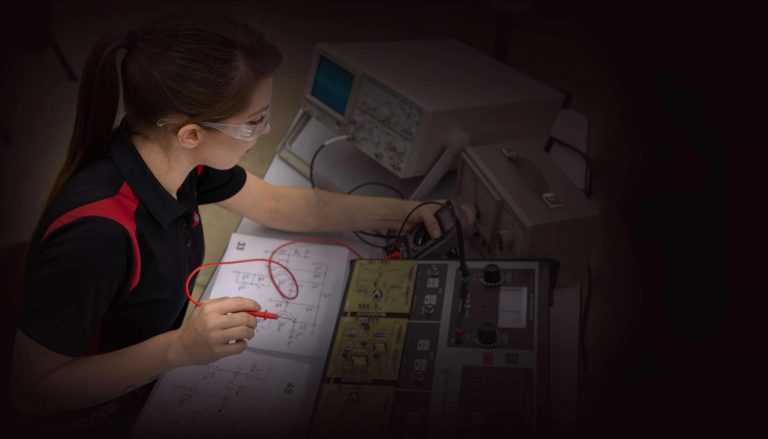

Aircraft are incredibly complex. They have to be strong and durable, yet lightweight enough to remain airborne while sometimes carrying thousands of pounds of cargo. The evolution of aircraft has given rise to the increased use of composite materials in their construction. Here’s an overview of how these materials are used in aviation and the pros and cons of using composites in aircraft manufacturing.
Composites are a combination of materials that, when put together, don’t compromise each other’s quality or integrity. Instead, they enhance one another, providing structural advantages that improve the durability and performance of aircraft. Composites fall into two categories: fibrous and particulate. The fibrous variety consists of tough fibers embedded in a resin matrix. The latter type is composed of non-metallic particles (such as silicone) in a metal matrix (such as aluminum). In the earlier days of aircraft manufacturing, fiberglass was one of the most commonly used materials.
The use of composites likely began in Germany with the creation of the Akaflieg Stuttgart FS-24. Boeing has relied increasingly on these materials over the years, beginning with its 1950s 707 passenger jet and culminating with the 787 Dreamliner. Composite materials are a key component in a variety of other aircraft, such as:
U.S. Military: B2 Stealth Bomber, AV-8B Harrier, F14 Tomcat, F16 Fighting Falcon, F18 Hornet, F22 Raptor, Lockheed Martin Joint Strike Fighter, and Unmanned Combat Aerial Vehicle.
Rotary Aircraft: RAH66 Comanche, V22 Ospray, AgustaWestland AW609, Super Lynx 300 and Sikorsky S-92.
General Aviation and Transport: Beechcraft Starship, Piaggio, KC135 Tanker, C17 Globemater, and the Boeing 767 Wide Body Airliner, 777 Wide Body Airline, and 787 Deramliner.
Composite materials are lighter-weight, less corrosive, and less susceptible to fatigue failure than the more traditionally-used aluminum. This translates to improved fuel efficiency and the ability to accommodate more cargo, leading to lower overall operational costs. While being more expensive up-front than metal, composites allow for greater cost-savings long-term. Composites do require less maintenance than traditional materials, but they are more expensive to fix when they need repair. One disadvantage of using composites is that they are not biodegradable. However, they do have some positive impact on the environment because of their longevity and fuel-savings.
Aircraft technicians can perform visual inspections to composite materials. Special inspectors known as non-destructive testing technicians can perform more detailed inspections which gives them the ability to look inside the composite materials. Some of the inspection techniques used are ultrasonic and radiographic (X-ray) inspection methods. Aircraft technicians will perform routine maintenance procedures which include cleaning and adjustments. If damage is detected, repair procedures can be performed by the aircraft technician in accordance with instructions provided by the manufacturer.
Spartan College offers a program in non-destructive testing technology (NDT) at our Tulsa location. In Spartan College’s NDT program, students learn to detect flaws in the manufacturing process and inspect flaws in products and parts that are in operational use. They use a variety of methods to determine the effectiveness and usability of a wide range of materials, including composites. We also offer a program in Aviation Maintenance Technology (AMT). In Spartan College’s AMT program, students learn about composite materials. This includes types of material, basic fabrication techniques and inspection and repair methods. Contact us for more information, or apply online today.
Affiliate Partner Program | Jobs at Spartan | Privacy Policy | Opt-out Policy | Privacy Notice - California Residents| Notice of Non-Discrimination | Website Accessibility Help | Transparency in Coverage Act
© 2024 SPARTAN COLLEGE OF AERONAUTICS AND TECHNOLOGY. ALL RIGHTS RESERVED.